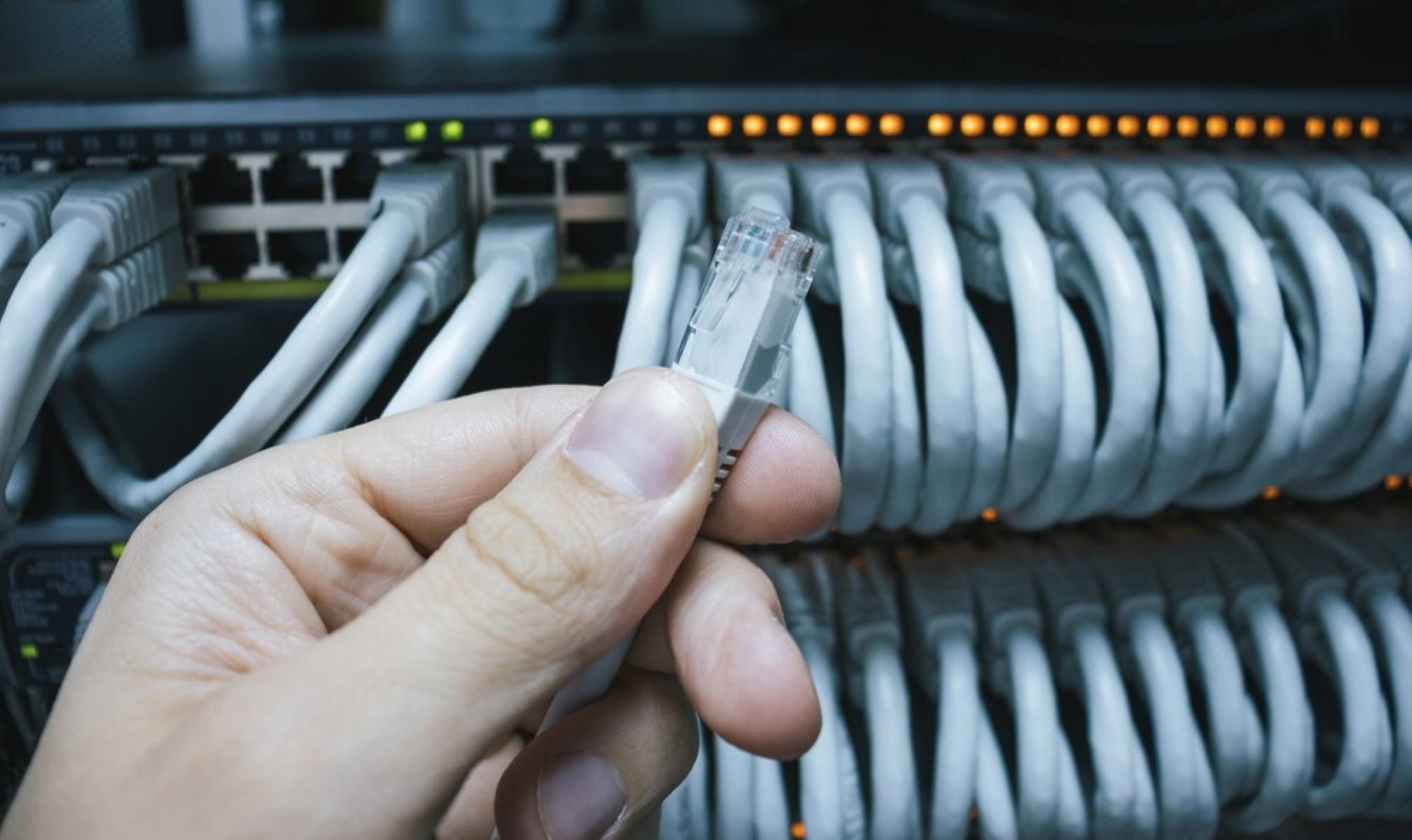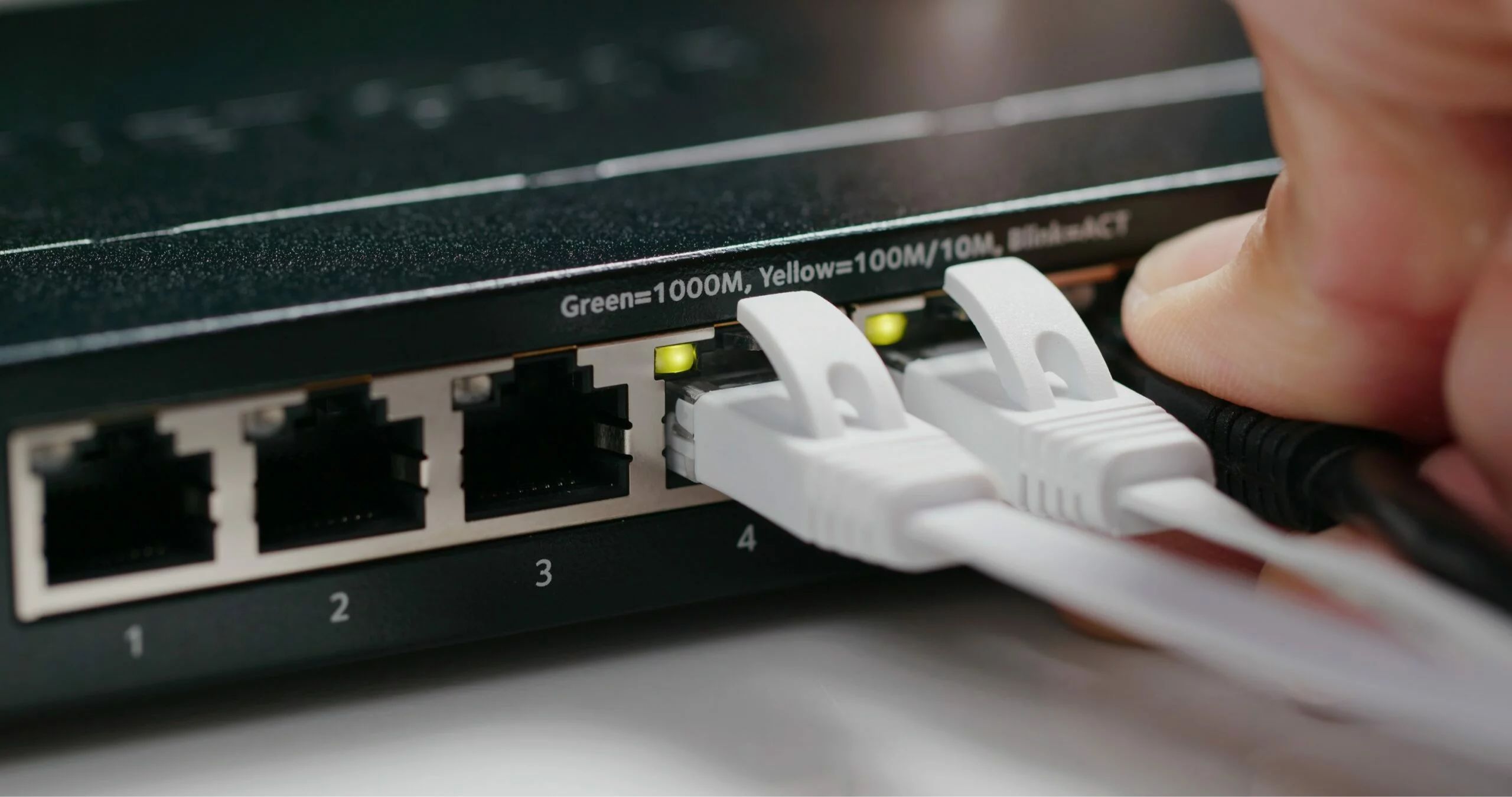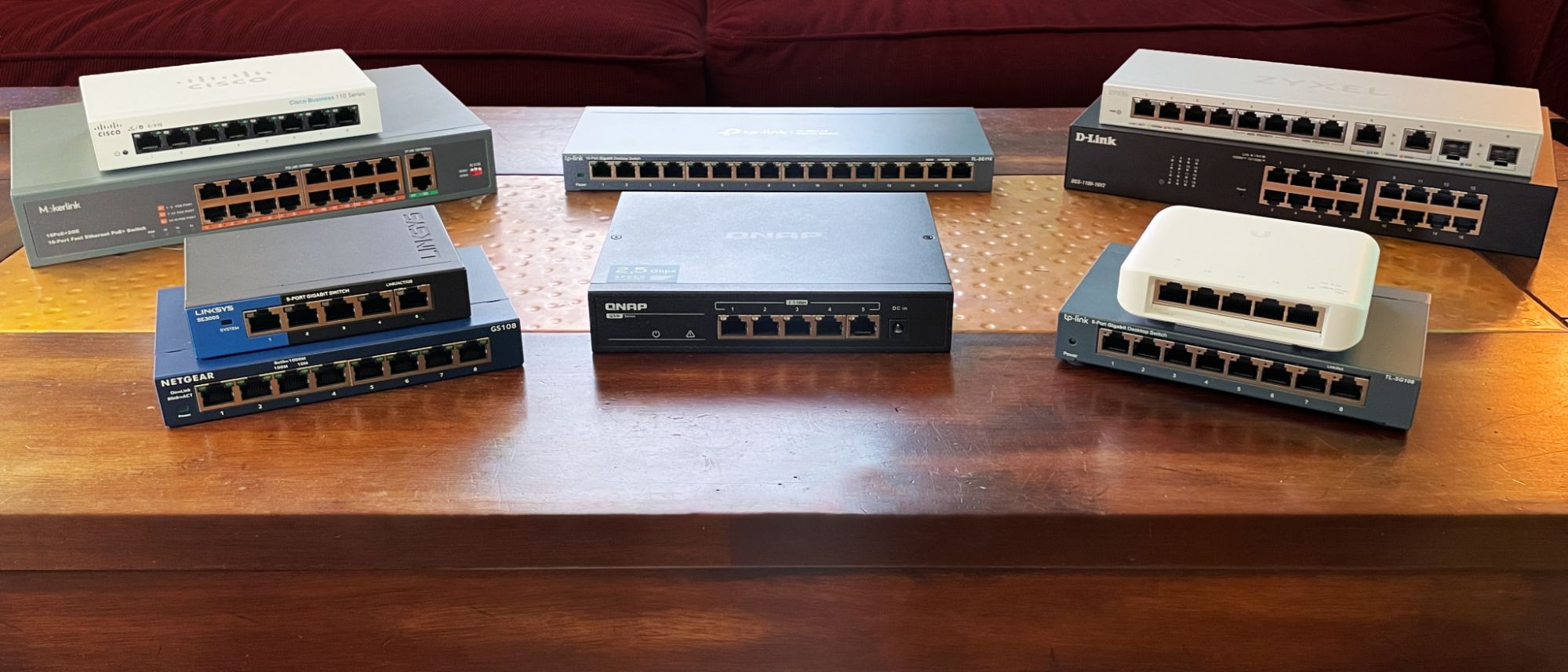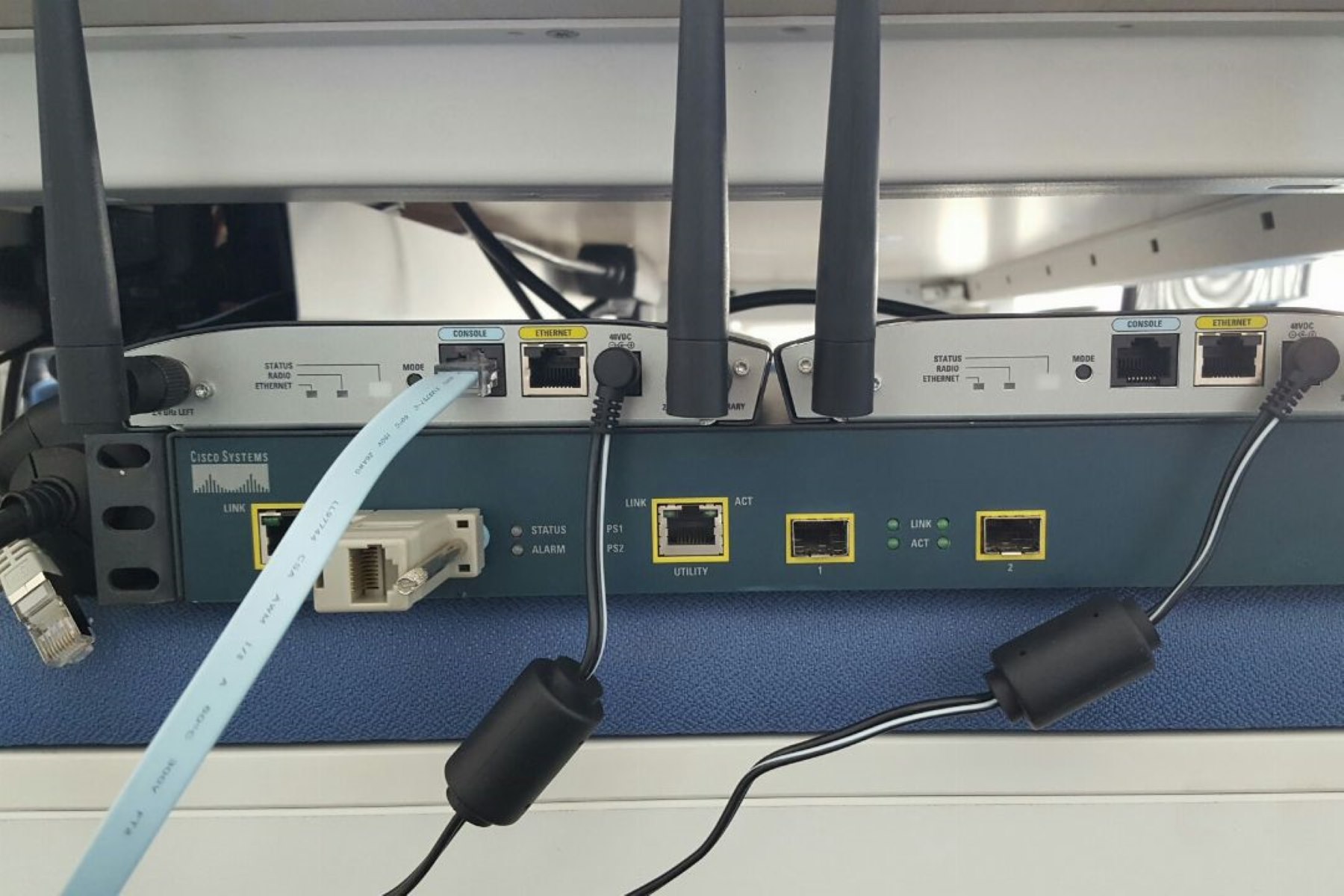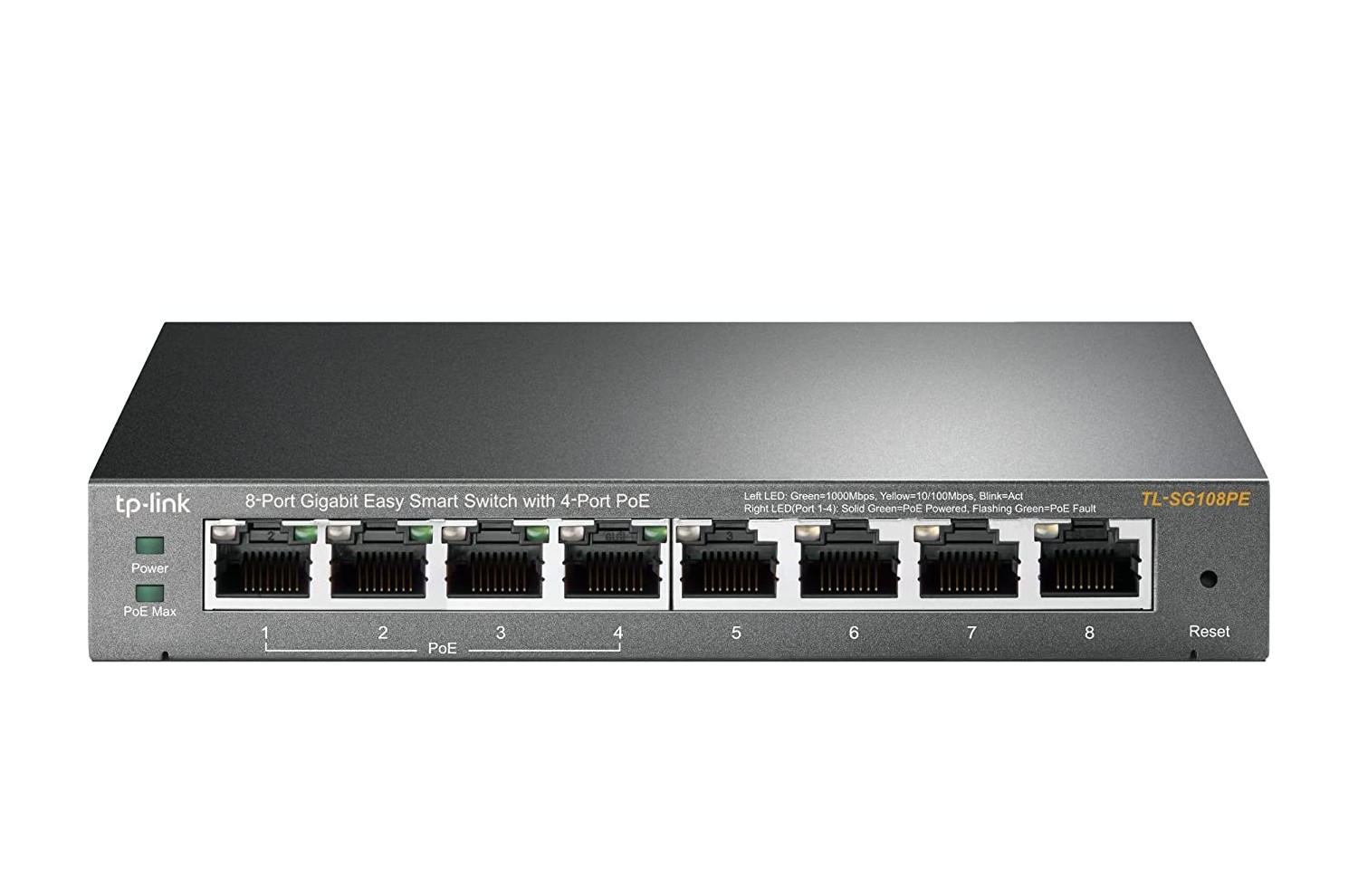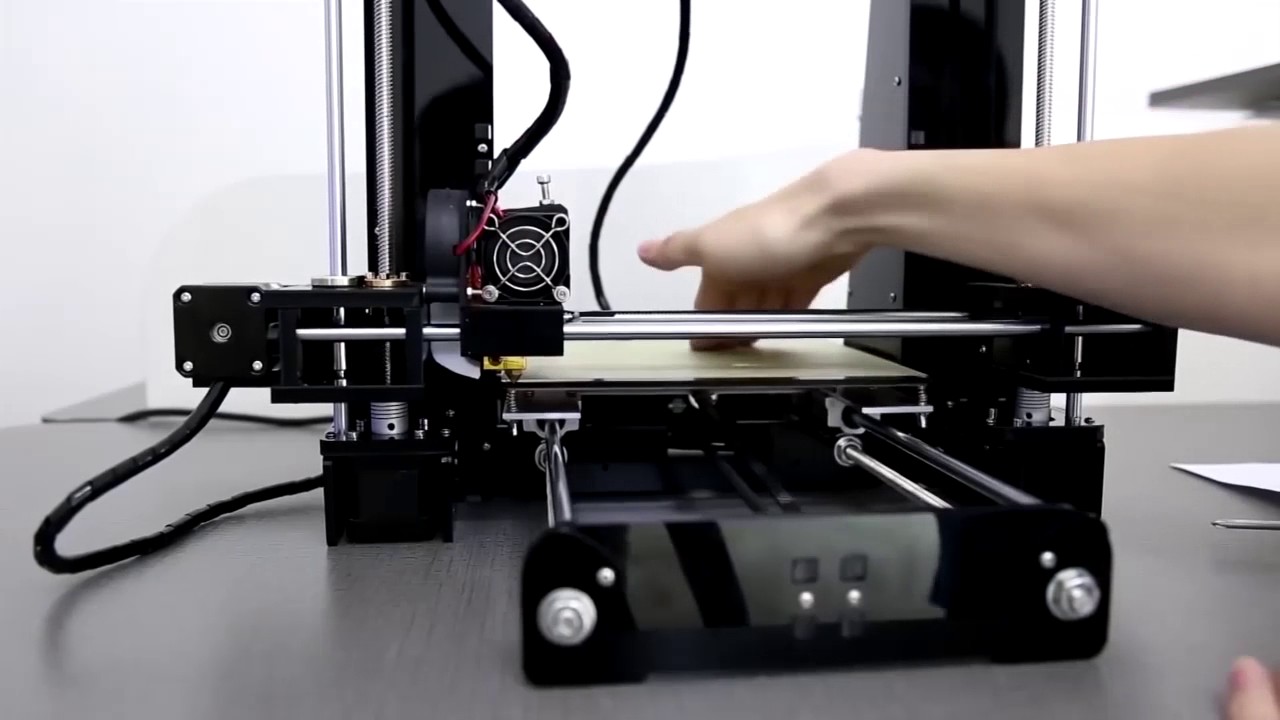Introduction
Welcome to the world of networking, where data is transmitted between devices over various protocols and technologies. In this digital age, the efficient transfer of information is crucial, and the ethernet protocol plays a vital role in establishing reliable connections. But have you ever wondered how data is encapsulated and transmitted across different networks? The answer lies in the construction of the ethernet frame.
The ethernet frame is a fundamental component of the data link layer, which is responsible for the reliable transmission of data packets between network devices. Understanding the construction of the ethernet frame is essential for network administrators, engineers, and anyone interested in the inner workings of computer networks.
In this article, we will delve into the intricacies of the ethernet frame. We will explore its components, how it is constructed, and why it is a critical element in data communication. So, whether you are a seasoned network professional or someone looking to expand your knowledge in networking, join us on this informative journey as we demystify the inner workings of the ethernet frame.
The Data Link Layer
Before we dive into the construction of the ethernet frame, let’s first understand the role of the data link layer in the networking hierarchy. The data link layer, also known as Layer 2, is responsible for providing a reliable and error-free communication channel between adjacent network devices.
One of the primary functions of the data link layer is to frame the data received from the network layer into manageable units called frames. These frames contain the necessary control information, such as the source and destination addresses, as well as the actual data to be transmitted. The data link layer also ensures the integrity of the data through error detection and correction mechanisms.
Within the data link layer, there are two sublayers: the logical link control (LLC) sublayer and the media access control (MAC) sublayer. The LLC sublayer is responsible for providing a unified interface to the network layer protocols and is independent of the underlying network technology. The MAC sublayer, on the other hand, is responsible for controlling access to the physical medium, such as the ethernet cable, and handling issues like collision detection and media arbitration.
Now that we have a basic understanding of the data link layer, let’s move on to the heart of this article: the ethernet frame. Understanding the construction of the ethernet frame is crucial for comprehending how data is transmitted over an ethernet network and how different devices communicate with each other.
The Ethernet Frame
The ethernet frame is a standardized format for encapsulating and transmitting data over an ethernet network. It is the building block of ethernet communication, allowing devices to exchange information in a structured and efficient manner.
An ethernet frame consists of several components, each serving a specific purpose in the data transmission process. These components include the preamble, start frame delimiter, destination MAC address, source MAC address, ether type or length field, data payload, and the frame check sequence (FCS).
The preamble is a sequence of alternating 0s and 1s at the beginning of the frame. It serves as a synchronization signal, enabling the receiving device to identify the start of a new frame. Following the preamble is the start frame delimiter, which is a unique bit sequence that signifies the start of the ethernet frame’s destination MAC address.
The destination MAC address identifies the device to which the frame is being sent. It is followed by the source MAC address, which identifies the device originating the frame. These MAC addresses are crucial in ensuring that frames are delivered to the correct devices on the network.
The ether type or length field indicates the type of protocol or the length of the data payload in the frame. It helps the receiving device determine the nature of the encapsulated data. The data payload contains the actual data being transmitted, such as IP packets, TCP segments, or any other higher-layer protocol packets.
To ensure data integrity, the ethernet frame includes the frame check sequence (FCS), which is a checksum calculated over the frame’s contents. The receiving device verifies the integrity of the frame by recalculating the FCS and comparing it to the received FCS. If they match, the frame is considered error-free; otherwise, it is discarded.
The ethernet frame’s structure allows for efficient and reliable communication between devices on an ethernet network. By encapsulating data with necessary control information, ethernet frames ensure that data is delivered accurately and securely.
Ethernet Frame Components
As mentioned earlier, the ethernet frame comprises various components, each playing a crucial role in the transmission of data over an ethernet network. Let’s take a closer look at these components and their functions:
1. Preamble: The preamble is a sequence of alternating 0s and 1s at the beginning of the ethernet frame. It serves as a synchronization signal, allowing the receiving device to synchronize its clock with the transmitting device and identify the start of a new frame.
2. Start Frame Delimiter (SFD): Immediately following the preamble is the SFD, which is a unique bit sequence that marks the beginning of the frame’s destination MAC address. It aids in the proper identification and interpretation of the frame by the receiving device.
3. Destination MAC Address: The destination MAC address specifies the recipient device’s MAC address to which the frame is being sent. It helps ensure that the frame reaches the intended device on the network.
4. Source MAC Address: The source MAC address indicates the originating device’s MAC address. It allows the receiving device to identify the source of the frame and establish two-way communication if necessary.
5. Ether Type or Length: The ether type or length field comes after the source MAC address. It indicates either the specific protocol to which the frame belongs or the length of the data payload in the frame. This information helps the receiving device interpret the contents of the frame correctly.
6. Data Payload: The data payload is the actual data being transmitted in the ethernet frame. It can contain various types of data, such as IP packets, TCP segments, or any other higher-layer protocol packets. The data payload is encapsulated within the ethernet frame and delivered to the receiving device.
7. Frame Check Sequence (FCS): The FCS is a calculated checksum that ensures the integrity of the ethernet frame. It is calculated based on the contents of the frame, including the destination and source MAC addresses, ether type or length field, and data payload. The receiving device compares the calculated FCS with the received FCS to verify if the frame has been received without any errors.
Understanding these components of the ethernet frame is essential for comprehending how data is transmitted and received over an ethernet network. Each component performs a specific function in the overall communication process, ensuring the reliable and efficient exchange of information between network devices.
Constructing the Ethernet Frame
Constructing an ethernet frame involves assembling the various components we discussed earlier in a specific order. Let’s walk through the steps involved in the construction of an ethernet frame:
1. Preamble and Start Frame Delimiter: The ethernet frame begins with a preamble, a sequence of alternating 0s and 1s, followed by the start frame delimiter (SFD). These two components serve as synchronization signals and help the receiving device identify the start of the frame.
2. Destination and Source MAC Addresses: After the SFD, the destination MAC address is included in the frame, followed by the source MAC address. These addresses specify the intended recipient and the originating device of the frame.
3. Ether Type or Length: Following the source MAC address, the ether type or length field is included. This field indicates the type of protocol encapsulated in the frame or specifies the length of the data payload.
4. Data Payload: The data payload is the actual data being transmitted in the ethernet frame. It can contain various types of data, such as IP packets, TCP segments, or any other higher-layer protocol packets.
5. Frame Check Sequence (FCS): The final component of the ethernet frame is the frame check sequence (FCS). It is a calculated checksum based on the contents of the frame, including the source and destination MAC addresses, ether type or length field, and data payload. The FCS serves to verify the integrity of the frame by allowing the receiving device to check for any transmission errors.
Once all the components are assembled in the correct order, the ethernet frame is ready for transmission over the ethernet network. The receiving device will process the frame, extract the necessary information, and deliver the data payload to the appropriate protocol or application.
It’s worth noting that the ethernet frame size can vary depending on the specific ethernet standard being used. Ethernet frames can range from a minimum size of 64 bytes to a maximum size of 1518 bytes, excluding any additional overhead introduced by network protocols or technologies.
By understanding the process of constructing an ethernet frame, network professionals can troubleshoot networking issues, analyze frame traffic, and ensure the reliable transmission of data within their networks.
Conclusion
Understanding the construction of the ethernet frame is fundamental to comprehending how data is transmitted and received over ethernet networks. The ethernet frame serves as the building block of ethernet communication, encapsulating data with necessary control information, ensuring reliable delivery, and maintaining data integrity.
Throughout this article, we explored the components that make up the ethernet frame, including the preamble, start frame delimiter, destination and source MAC addresses, ether type or length field, data payload, and frame check sequence (FCS). Each component plays a vital role in the successful transmission and reception of data.
The data link layer, specifically the ethernet protocol, relies on the construction and interpretation of the ethernet frame for efficient network communication. By properly constructing the frame and adhering to the ethernet standard, devices can establish reliable connections and exchange data seamlessly.
Whether you’re a network administrator, engineer, or simply interested in computer networks, having a solid understanding of the ethernet frame’s construction empowers you to troubleshoot network issues, analyze frame traffic, and optimize network performance. It also serves as a foundation for further exploration into networking protocols and technologies.
So, the next time you’re browsing the internet, streaming a video, or downloading a file, think about the underlying mechanism that makes it all possible—the ethernet frame. It may seem like a small piece of the networking puzzle, but it is an essential component in the seamless and reliable transmission of data across ethernet networks.
By delving into the world of ethernet frames, we have demystified the process of how data is encapsulated, transmitted, and received over ethernet networks. Armed with this knowledge, you are now equipped to delve deeper into networking concepts and continue expanding your understanding of the fascinating world of computer networks.









